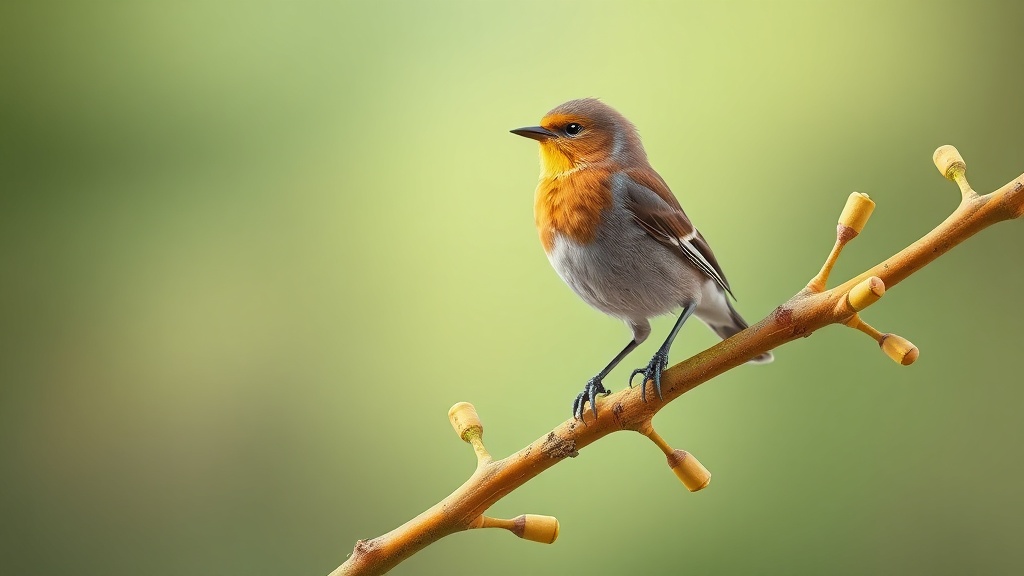Home / Environment / Tiny Goldcrest Shines Bright Amid Changing Moor Landscape
Tiny Goldcrest Shines Bright Amid Changing Moor Landscape
11 Nov
Summary
- Goldcrest, Britain's smallest bird, spotted in Blacka Moor, South Yorkshire
- Unusual light burnishes the bird's vibrant crown, suggesting a female
- Goldcrests' colorful crests indicate health and foraging ability

On November 11th, 2025, in Blacka Moor, South Yorkshire, a goldcrest, Britain's smallest bird, was spotted amidst the yellowing birch leaves. The unusual light of the day had initially blanketed the moor, draining the woods of color, but as the afternoon wore on, the light returned, and the birch leaves sparked to life.
As the observer made their way down the steep ground, they noticed a Russula cyanoxantha, a charcoal burner mushroom, its cream-tinged underside glowing brightly in the preternatural dusk. Movement in the birches then caught their attention, and they spotted the goldcrest working its way down a branch.
The narrow yellow stripe crowning the goldcrest's head was burnished by the strange light, suggesting a female, as the male's crest is more orange. This streak of color hummed with a strange intensity, even against the glowing birch leaves, giving the tiny creature a mighty presence.
Goldcrests, like many other birds, get their vibrant coloration from carotenoids in their diet, which also improve their immune function. However, there is a trade-off between health and breeding success, as male goldcrests spend more energy processing carotenoids into the brighter orange crests that attract mates. The stronger this color, the better the chance a female will respond, sensing the male's superior health and foraging ability.
This queen of birds, with her vibrant crown, looked more than capable of surviving the winter and nourishing the large number of chicks she would produce in the spring, with up to a dozen in each of two broods.




